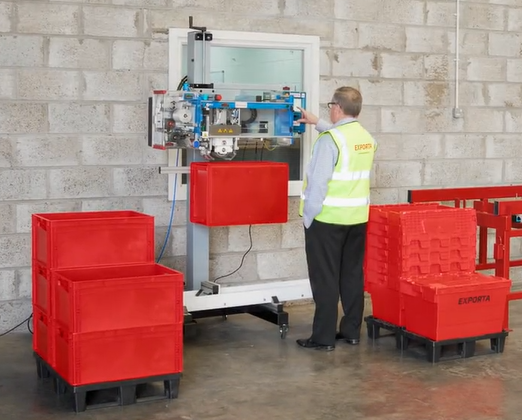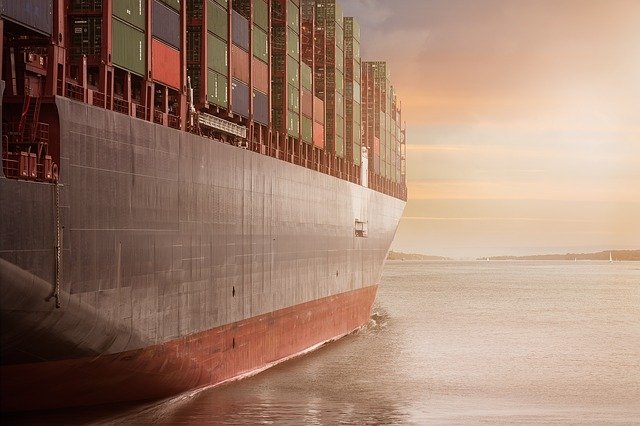The Marino Group’s Marine Repair Services – Container Maintenance Corporation (MRS-CMC), a leading provider of intermodal services, has opened a new depot facility at Port Houston. The new facility will support global supply chain fluidity with an expansion of its storage, distribution, repair, and capacity services in the region.
Directly situated across from Port Houston Bayport Terminal and only a few minutes away from the Barbours Cut terminal, the new facility will supplement the company’s already-established maintenance & repair services at Port Houston, providing customers more service choices, including loaded container storage, empty container storage and repairs, chassis start/stop and repairs, grounded reefer pre-trips and genset rental programme.
“The opening of this state-of-the-art facility – which is unlike any other depot in the country – demonstrates our ongoing commitment to providing best-in-class solutions that address the demands of the marketplace as well as the needs of our customers,” said David M. Miller, Director, Southwest & Mid-South Operations at MRS-CMC. “As Port Houston continues to experience record-breaking container volumes, we see a market-driven need to expand our footprint in the region and enhance our capabilities.”
Port Houston is the largest Gulf Coast container port, handling 70% of Gulf Coast container traffic. It recently announced that as of mid-July 2022, it had handled just shy of two million TEUs, which is an 18% increase over 2021.
For over eight years, MRS-CMC has been operating out of two Port Houston terminals, offering Maintenance and Repair (M&R) services for chassis, containers, reefers and gensets. The new Houston depot facility will significantly expand its service offerings while also providing considerable benefits that address daily pain points for a diverse spectrum of supply chain stakeholders. The expanded roster of services include: Pre-pull programme service for warehouses and distribution centres, equipment storage capabilities and efficient grounded reefer and genset operations.
“As demonstrated by our new depot, which will provide much-needed storage and capacity solutions, our goal at MRS-CMC is to create a more connected supply chain and to provide solutions that help our customers succeed,” said Miller.











